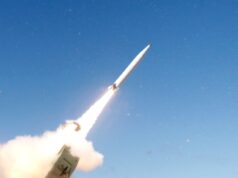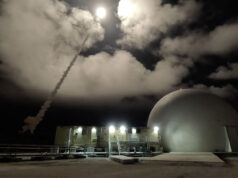Raytheon is developing a 100 kW class laser weapon system preliminary design for integration on-board the Family of Medium Tactical Vehicles in service with the United States.
This is a $10 million U.S. Army’s High Energy Laser Tactical Vehicle Demonstration program contract.
“The beauty of this system is that it’s self-contained,” said Roy Azevedo, vice president of Intelligence, Reconnaissance and Surveillance Systems at Raytheon’s Space and Airborne Systems business unit.
“Multi-spectral targeting sensors, fibre-combined lasers, power and thermal sub-systems are incorporated in a single package. This system is being designed to knock out rockets, artillery or mortar fire, or small drones.”
Upon HEL TVD Program Option Two completion, the one supplier will be awarded a system development and demonstration contract by the Army to build and integrate a weapon system on the Family of Medium Tactical Vehicles. A System, Development and Demonstration contract decision, valued at nearly $130 million, is expected early in 2019.










If it works, it would be a pretty significant game changer, even for insurgency warfare and base deference. The IF is however a major question.
Against small, unhardened targets at short range in favourable metereological conditions there is no reason why this technology should not work
I suspect the problem is trying to keep the laser locked onto a small fast moving target is going to be extremely difficult, especially when you take into account wind and mild weather. If it was easy, the phalanx would be able to fire a single bullet or just a handful and hit the missile rather than having to strafe the area and hope to hit.
I think it is, 100kw is the magic number and the program is $10m, this should go to mass production.